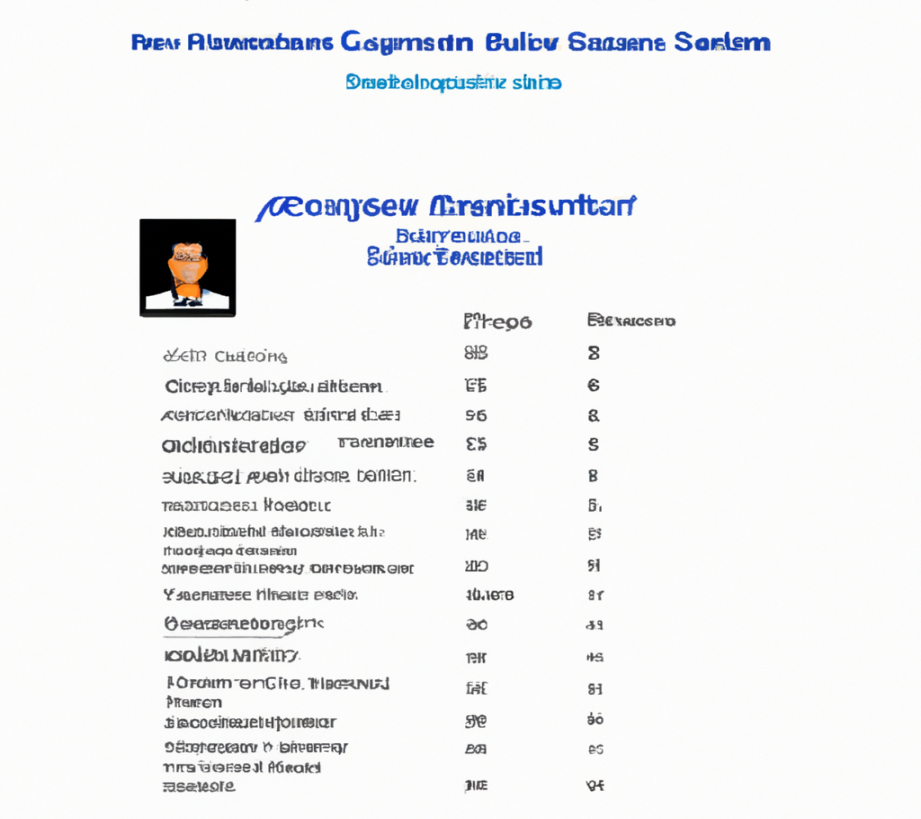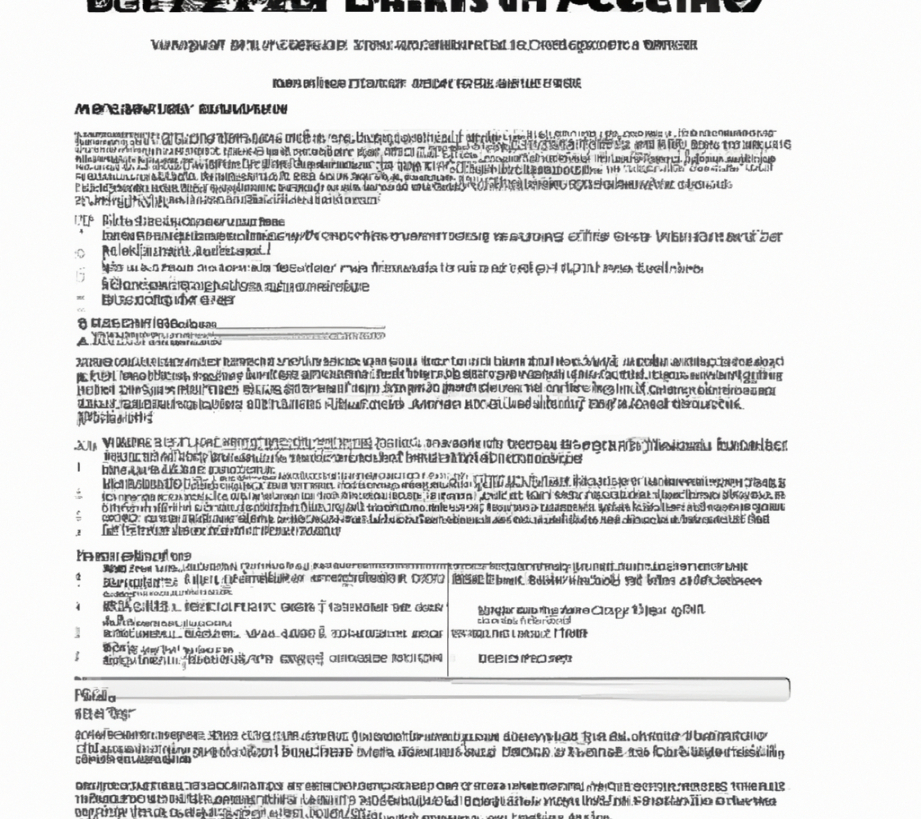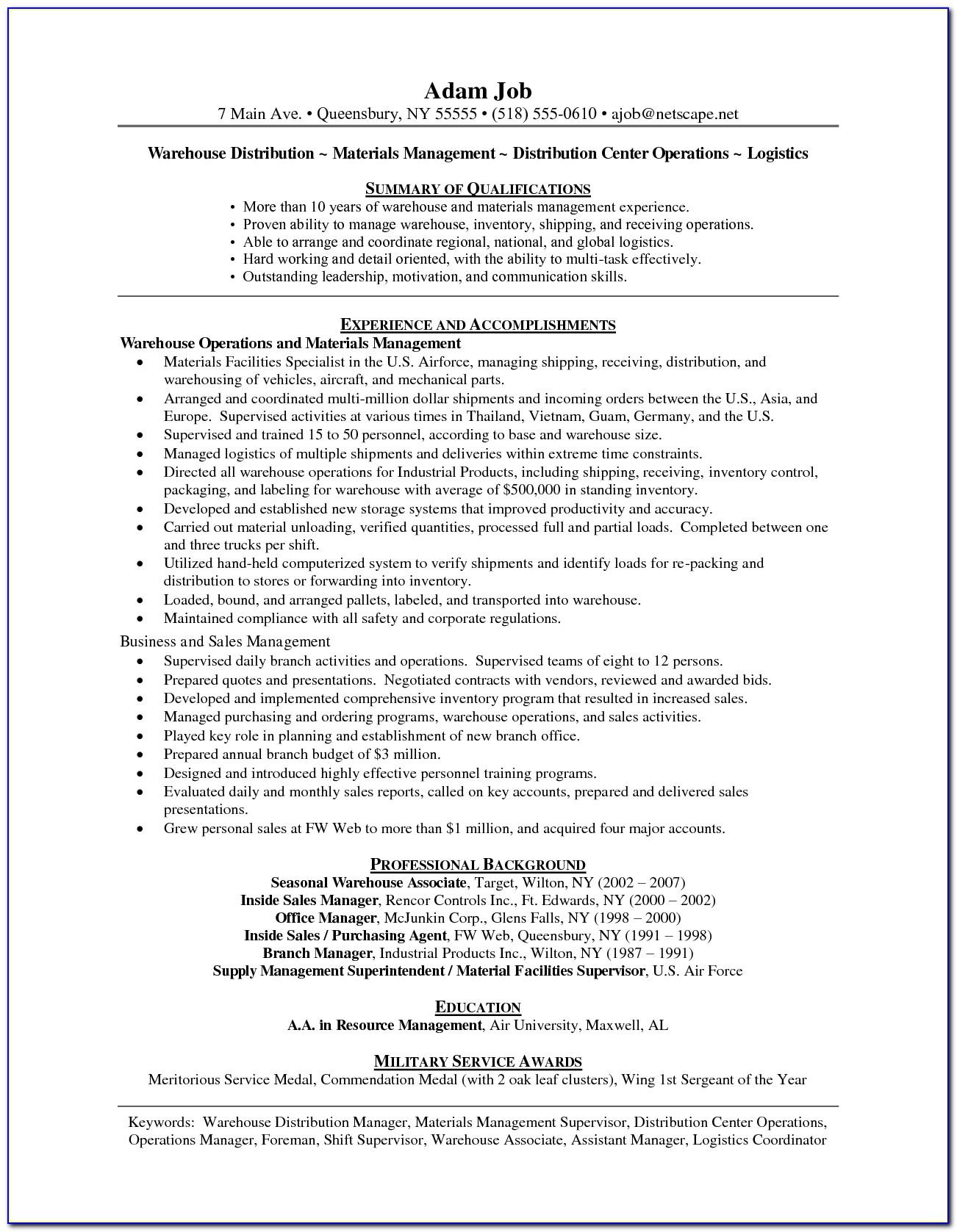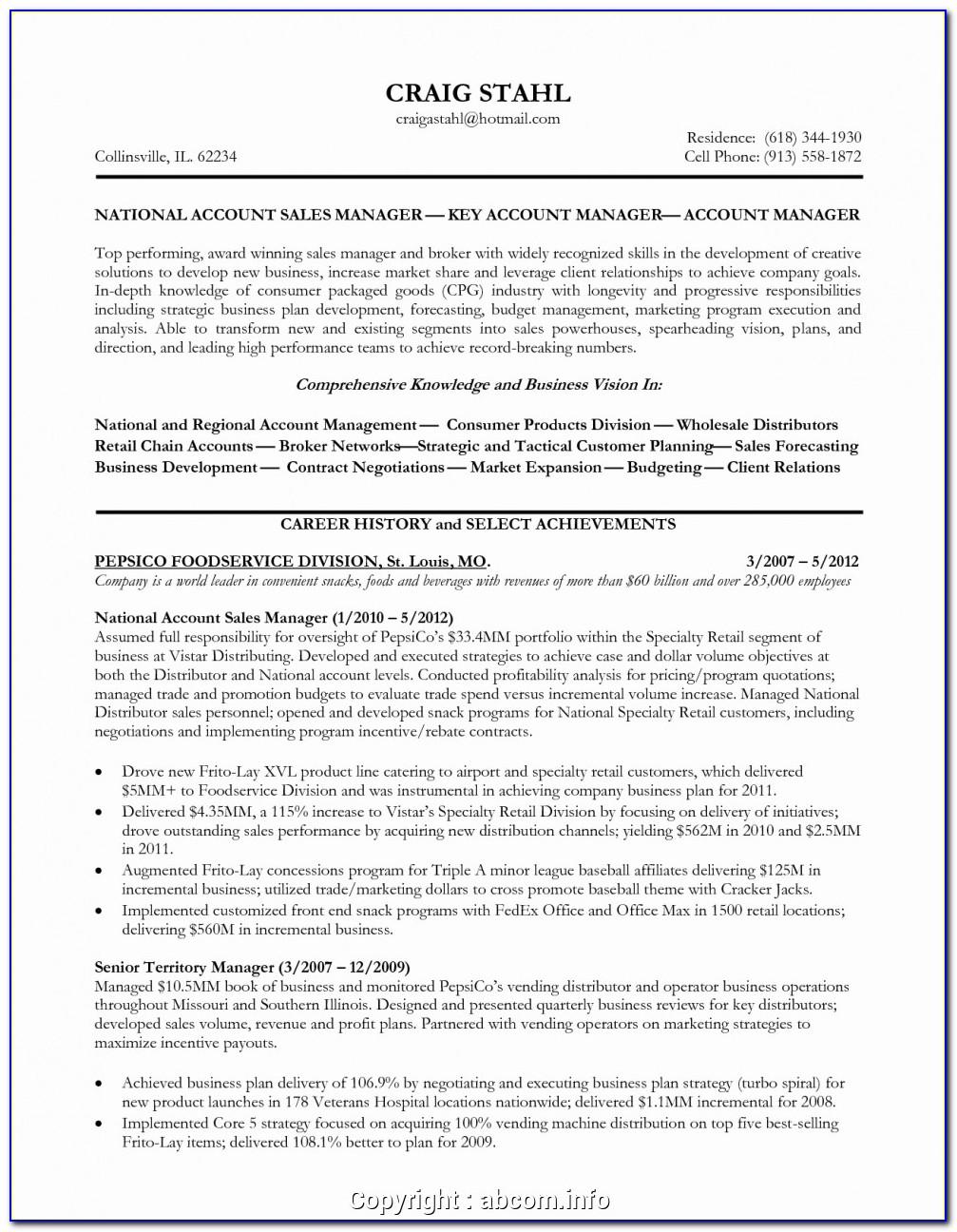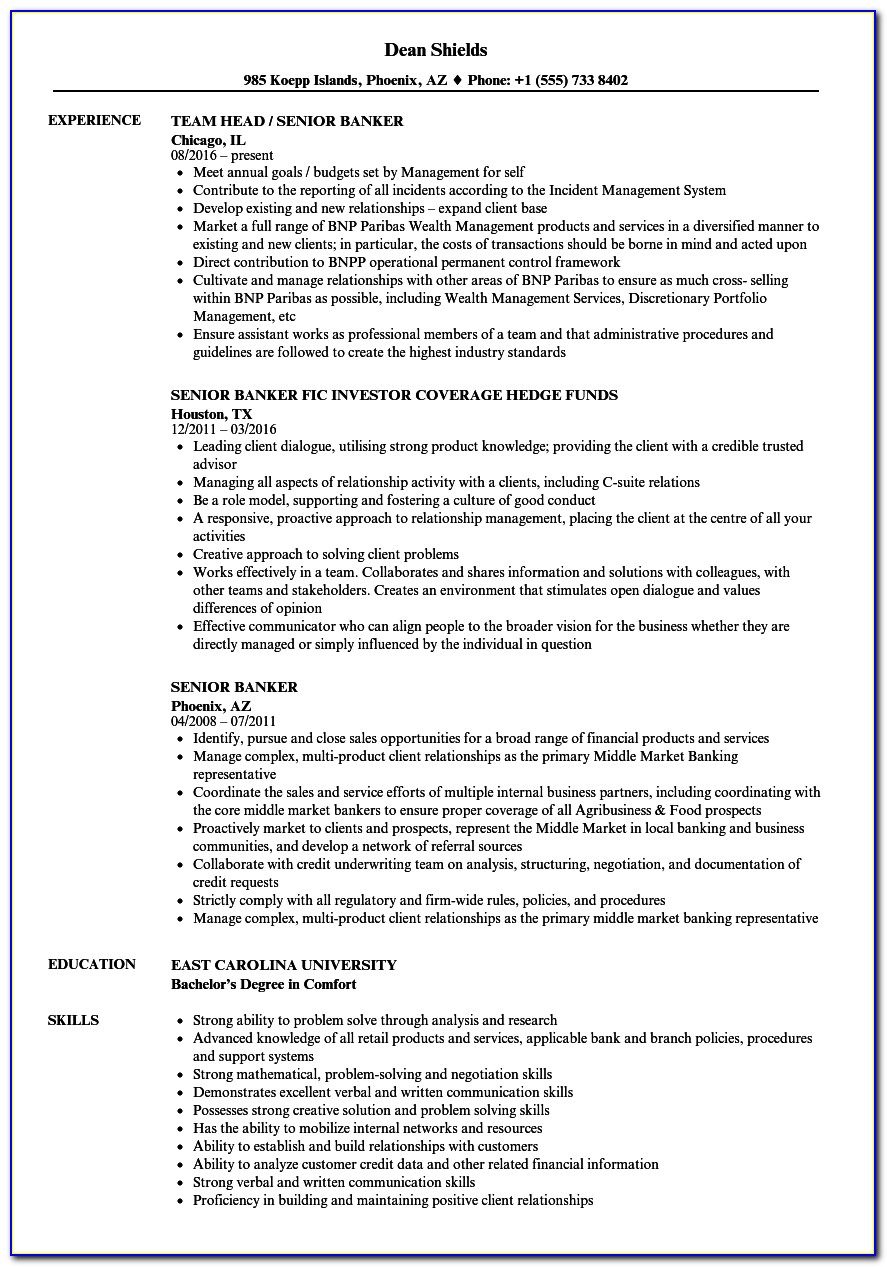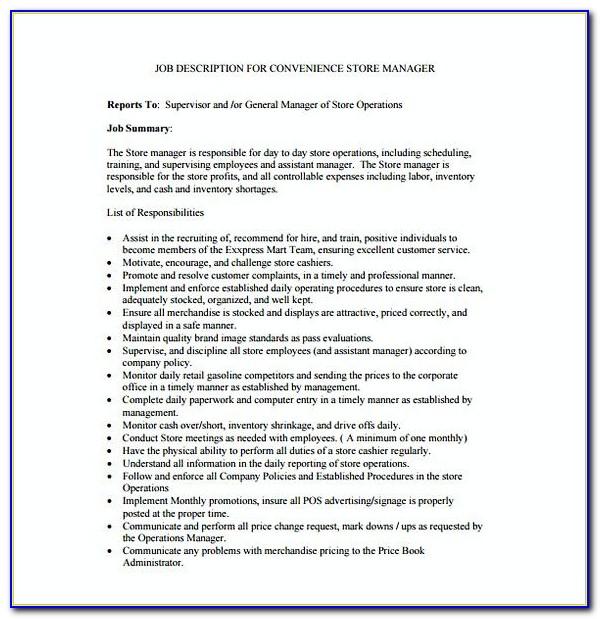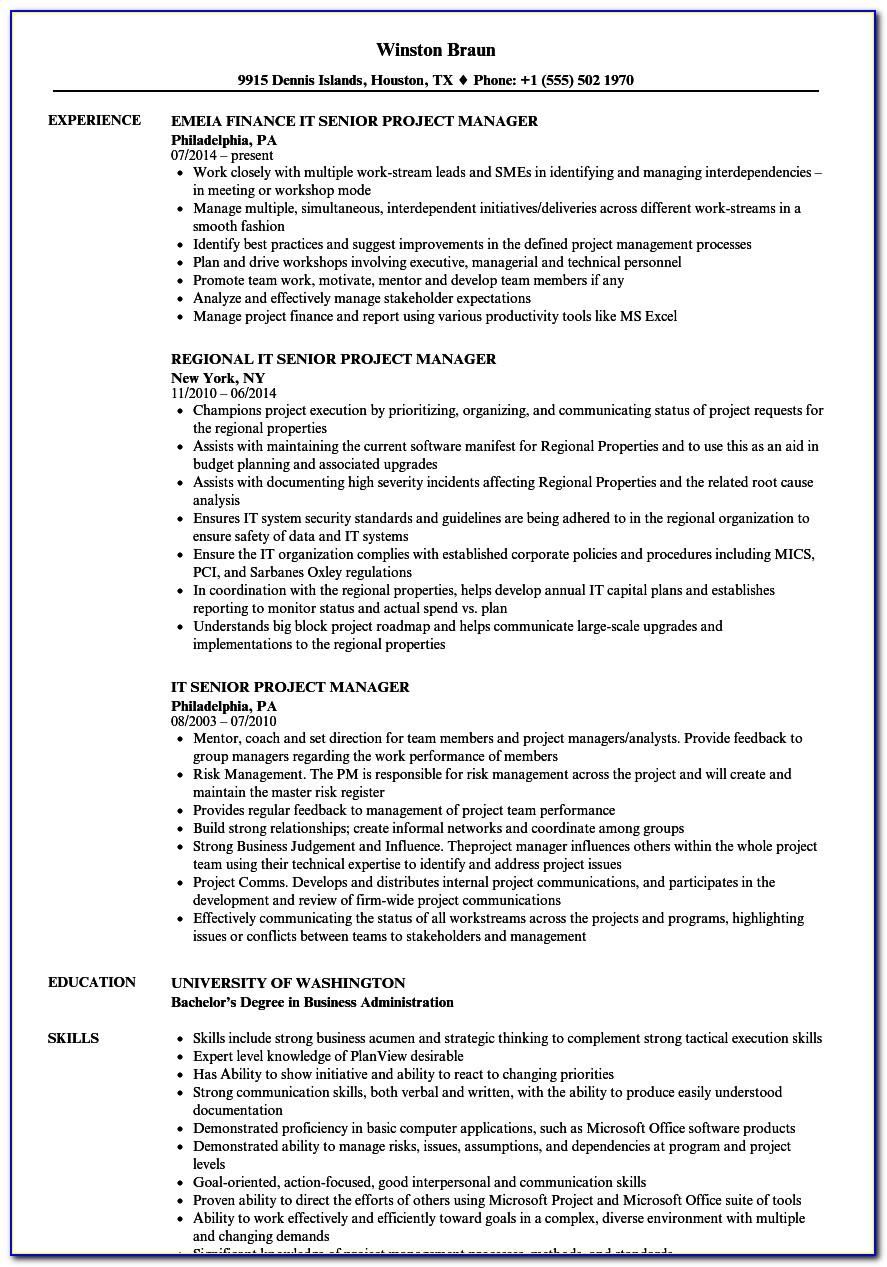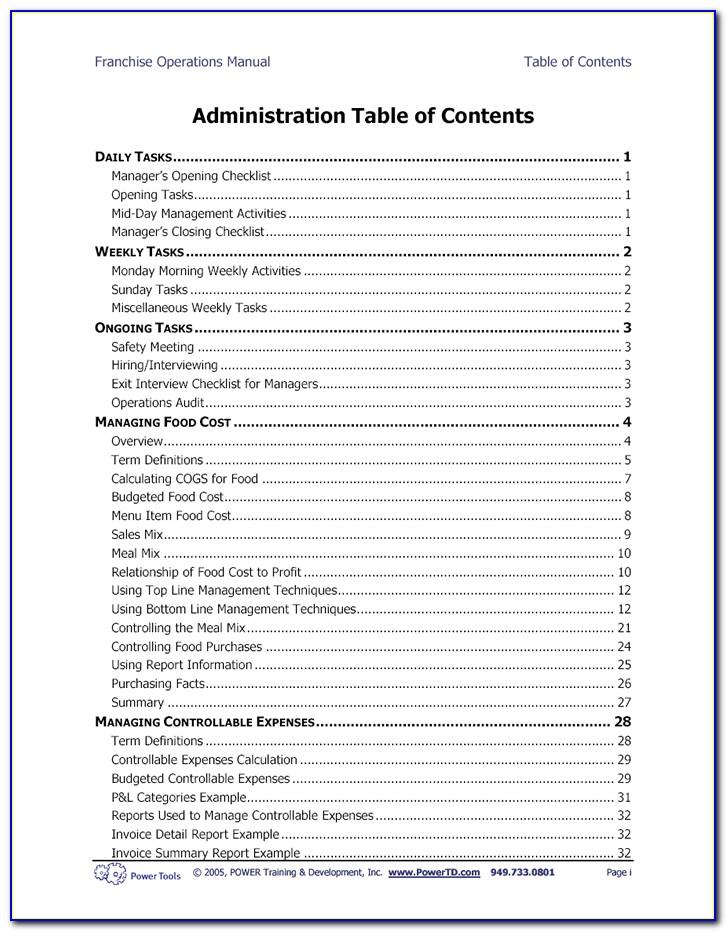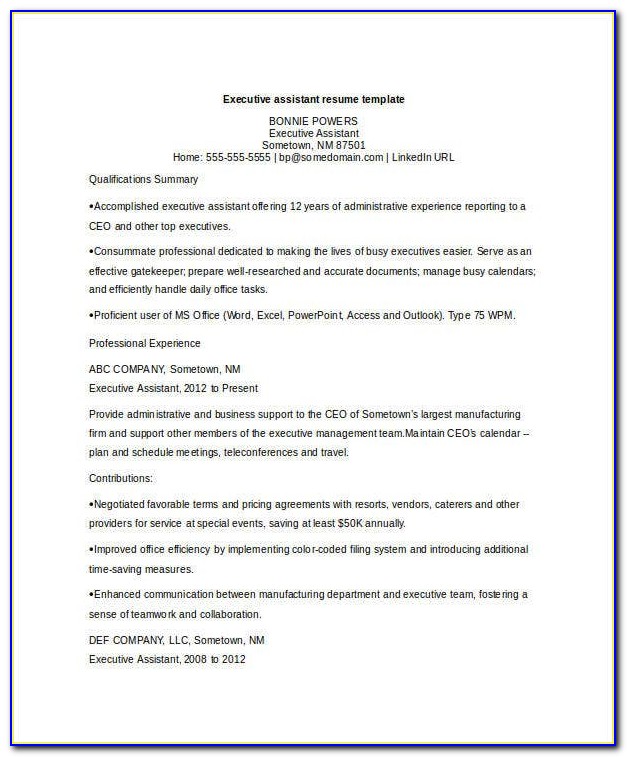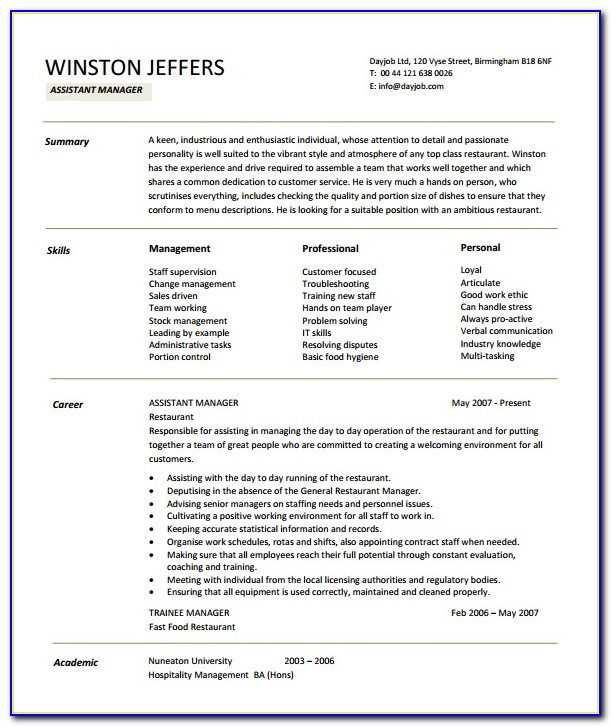The Importance Of Conductors Resume Speed Directive In Ensuring Safe And Efficient Train Operations.
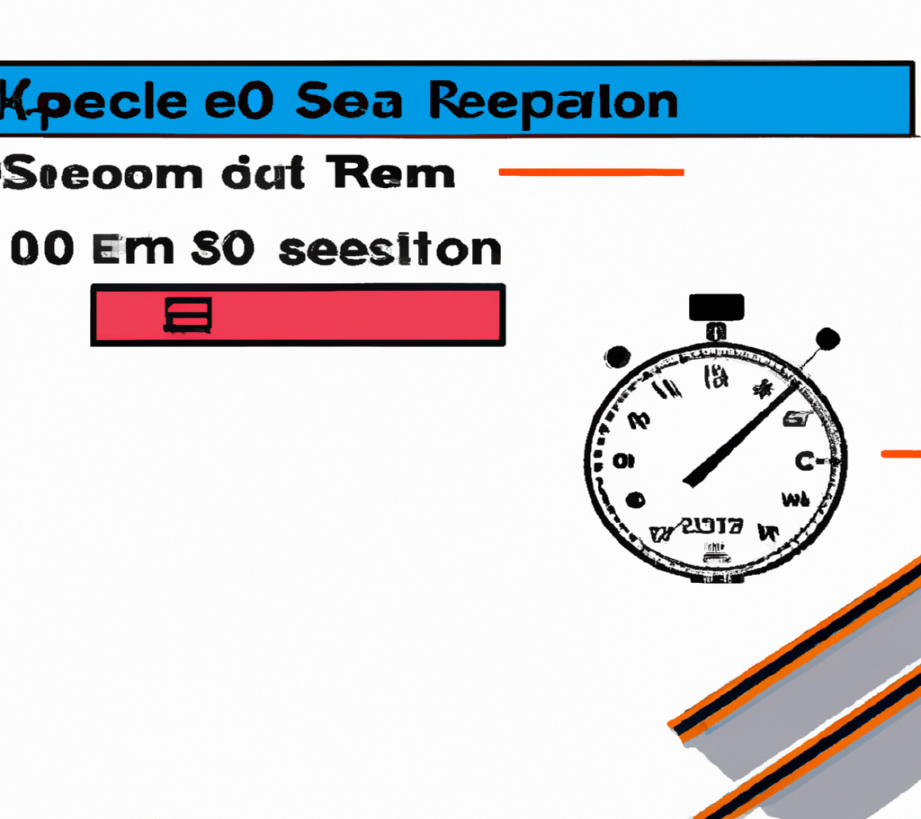
Image Source: windows.net
# Outline
I. Introduction
A. Explanation of conductor resume speed directive
B. Importance of conductor resume speed directive
II. Conductor resume speed directive explained
A. What does the directive entail?
B. How does the directive work?
C. Why was the directive necessary?
III. Implementation of the conductor resume speed directive
A. What measures were taken to implement the directive?
B. Who was responsible for implementing the directive?
C. What were the challenges faced during implementation?
IV. Impact of conductor resume speed directive
A. Positive impacts of the directive
1. Improved safety of passengers and crew
2. Reduced likelihood of accidents
3. Increased efficiency of train operations
B. Negative impacts of the directive
1. Possible delays and disruptions to train schedules
2. Increased workload for train operators
3. Possible resistance from stakeholders
V. Criticisms of the conductor resume speed directive
A. Arguments against the directive
1. Cost implications
2. Effect on schedules and timetables
3. Possible negative impact on passenger experience
B. Responses to criticisms
1. Importance of safety over cost concerns
2. Importance of prioritizing safety over convenience
3. Need for stakeholders to work together to mitigate negative impacts
VI. Conclusion
A. Recap of importance of conductor resume speed directive
B. Call to action for stakeholders to prioritize safety over convenience
C. Final thoughts
VII. FAQs
A. What is the conductor resume speed directive?
B. Why was the directive necessary?
C. What measures were taken to implement the directive?
D. What are the positive impacts of the directive?
E. What are the criticisms of the directive?
# The Conductor Resume Speed Directive: Prioritizing Safety over Convenience
In the world of train transportation, safety is always a top priority. With millions of passengers relying on trains to transport them to their destinations every day, it is crucial that safety measures are put in place to ensure their protection. One such safety measure is the conductor resume speed directive.
## What is the conductor resume speed directive?
The conductor resume speed directive is a safety measure put in place to ensure that trains resume their normal speeds gradually after slowing down. This measure is aimed at reducing the occurrence of accidents and derailments, which are more likely to happen when trains abruptly resume full speed after slowing down.
## How does the directive work?
Under the conductor resume speed directive, train operators are required to gradually resume normal speeds after slowing down. This means that they must gradually increase their speed until they reach their normal operating speed. This measure is aimed at reducing the likelihood of accidents and derailments caused by sudden shifts in speed.
## Why was the directive necessary?
The conductor resume speed directive was necessary due to the high rate of accidents and derailments caused by abrupt changes in train speed. These accidents and derailments often result in injuries or fatalities, and can also cause significant damage to infrastructure and equipment. The directive was put in place to ensure the safety of passengers and crew, as well as to reduce the likelihood of accidents and derailments.
## Implementation of the conductor resume speed directive
The implementation of the conductor resume speed directive involved a number of measures. These included training train operators on the new directive, purchasing and installing new equipment to support the directive, and working with stakeholders to ensure compliance with the directive. The implementation process was not without its challenges, however, and there were some delays and disruptions to train schedules as a result.
## Impact of the conductor resume speed directive
The impact of the conductor resume speed directive has been largely positive. The directive has led to improved safety for passengers and crew, as well as a reduction in the likelihood of accidents and derailments. It has also increased the efficiency of train operations by reducing the need for repairs and maintenance caused by accidents and derailments. However, there have also been some negative impacts, including possible delays and disruptions to train schedules, and an increased workload for train operators.
## Criticisms of the conductor resume speed directive
Despite its positive impact, the conductor resume speed directive has also faced some criticisms. Some argue that the directive is too costly and that the money could be better spent elsewhere. Others argue that the directive will result in delays and disruptions to train schedules, and that it will have a negative impact on the passenger experience. There are also concerns that stakeholders may resist the directive due to its impact on their operations.
## Conclusion
The conductor resume speed directive is an important safety measure that prioritizes the safety of passengers and crew over convenience. While it has faced some criticisms, its positive impact on safety and efficiency cannot be ignored. As stakeholders work together to implement and comply with the directive, it is crucial that they prioritize safety over convenience and work together to mitigate any negative impacts.
## FAQs
### What is the conductor resume speed directive?
The conductor resume speed directive is a safety measure put in place to ensure that trains resume their normal speeds gradually after slowing down.
### Why was the directive necessary?
The conductor resume speed directive was necessary due to the high rate of accidents and derailments caused by abrupt changes in train speed.
### What measures were taken to implement the directive?
The implementation of the conductor resume speed directive involved a number of measures, including training train operators, purchasing and installing new equipment, and working with stakeholders to ensure compliance.
### What are the positive impacts of the directive?
The positive impacts of the conductor resume speed directive include improved safety for passengers and crew, reduced likelihood of accidents and derailments, and increased efficiency of train operations.
### What are the criticisms of the directive?
Criticisms of the conductor resume speed directive include concerns about cost, possible delays and disruptions to train schedules, and its impact on the passenger experience.
Tags :



